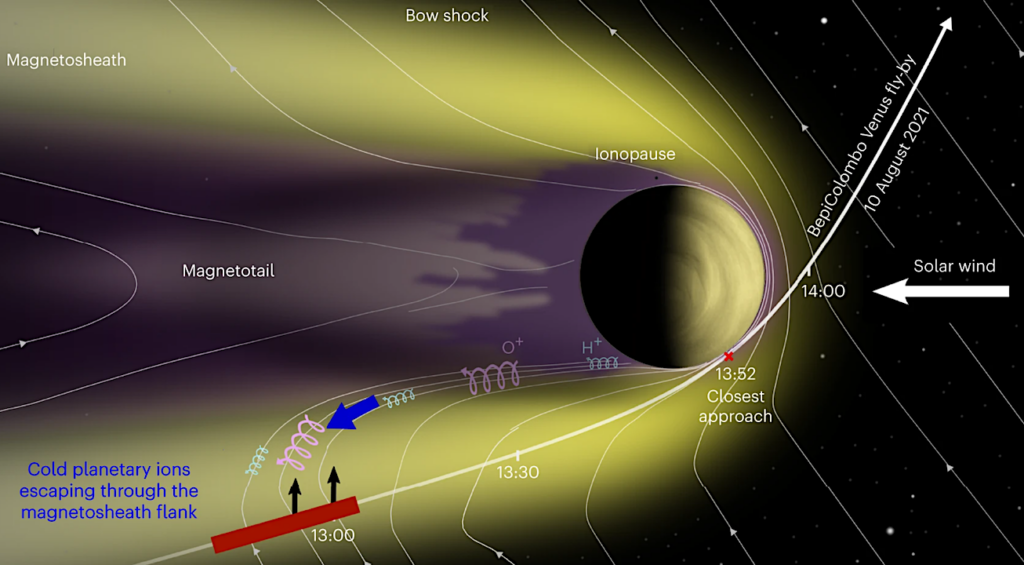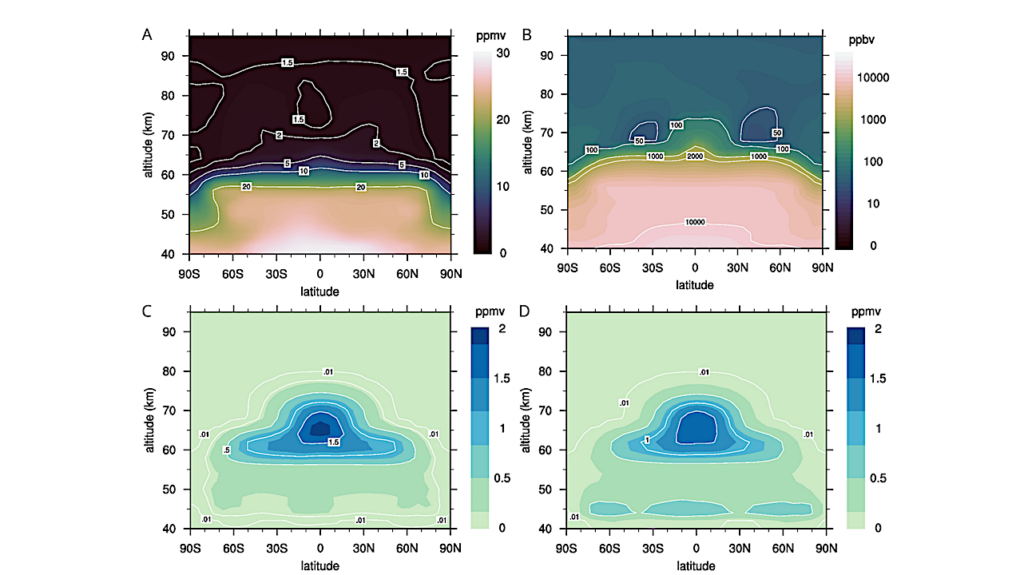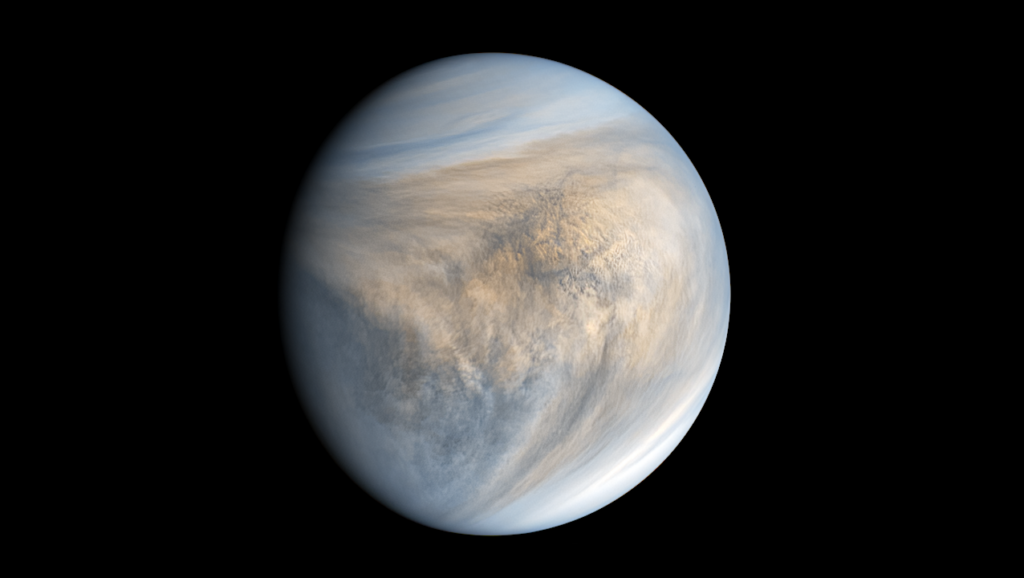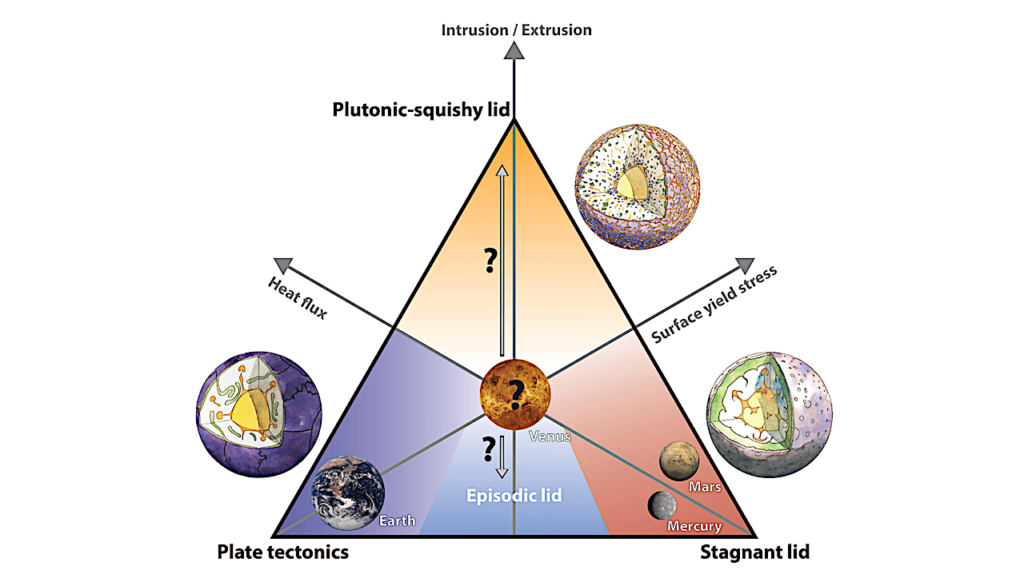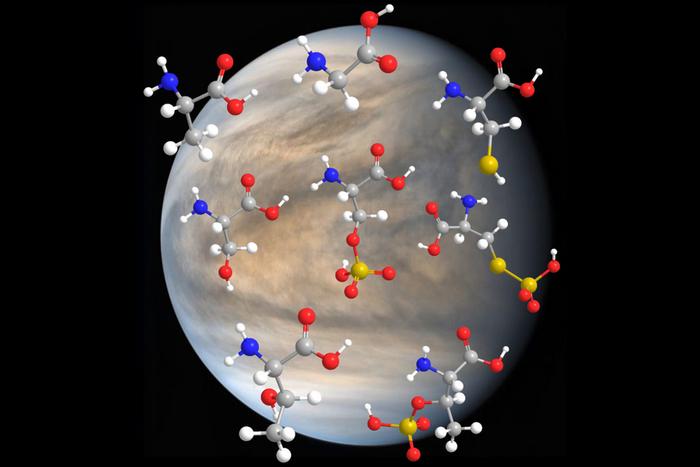The Outer Edge Of The Venus Zone Around Main-Sequence Stars

A key item of interest for planetary scientists and astronomers is the habitable zone, or the distance from a host star where a terrestrial planet can maintain necessary temperatures in order to retain liquid water on its surface.
However, when observing a system’s habitable zone, it is possible that one may instead observe a Venus-like planet.
We define “Venus-like” as greenhouse-gas-dominated atmosphere occurring when incoming solar radiation exceeds infrared radiation emitted from the planet at the top of the atmosphere, resulting in a runaway greenhouse. Our definition of Venus-like includes both incipient and post-runaway greenhouse states. Both the possibility of observing a Venus-like world and the possibility that Venus could represent an end-state of evolution for habitable worlds, requires an improved understanding of the Venus-like planet; specifically, the distances where these planets can exist.
Understanding this helps us define a “Venus zone”, or the region in which Venus-like planets could exist, and assess the overlap with the aforementioned “Habitable Zone”. In this study, we use a 1D radiative-convective climate model to determine the outer edge of the Venus zone for F0V, G2V, K5V, and M3V and M5V stellar spectral types.
Our results show that the outer edge of the Venus zone resides at 3.01, 1.36, 0.68, 0.23, and 0.1 AU, respectively. These correspond to incident stellar fluxes of 0.8, 0.55, 0.38, 0.32, and 0.3 S, respectively, where stellar flux is relative to Earth (1.0). These results indicate that there may be considerable overlap between the habitable zone and the Venus zone.
Monica R. Vidaurri, Sandra T. Bastelberger, Eric T. Wolf, Shawn Domagal-Goldman, Ravi Kumar Kopparapu
Comments: Accepted for publication in the Planetary Science Journal
Subjects: Earth and Planetary Astrophysics (astro-ph.EP)
Cite as: arXiv:2204.10919 [astro-ph.EP] (or arXiv:2204.10919v1 [astro-ph.EP] for this version)
Submission history
From: Monica Vidaurri
[v1] Fri, 22 Apr 2022 20:19:20 UTC (646 KB)
https://arxiv.org/abs/2204.10919
Astrobiology


